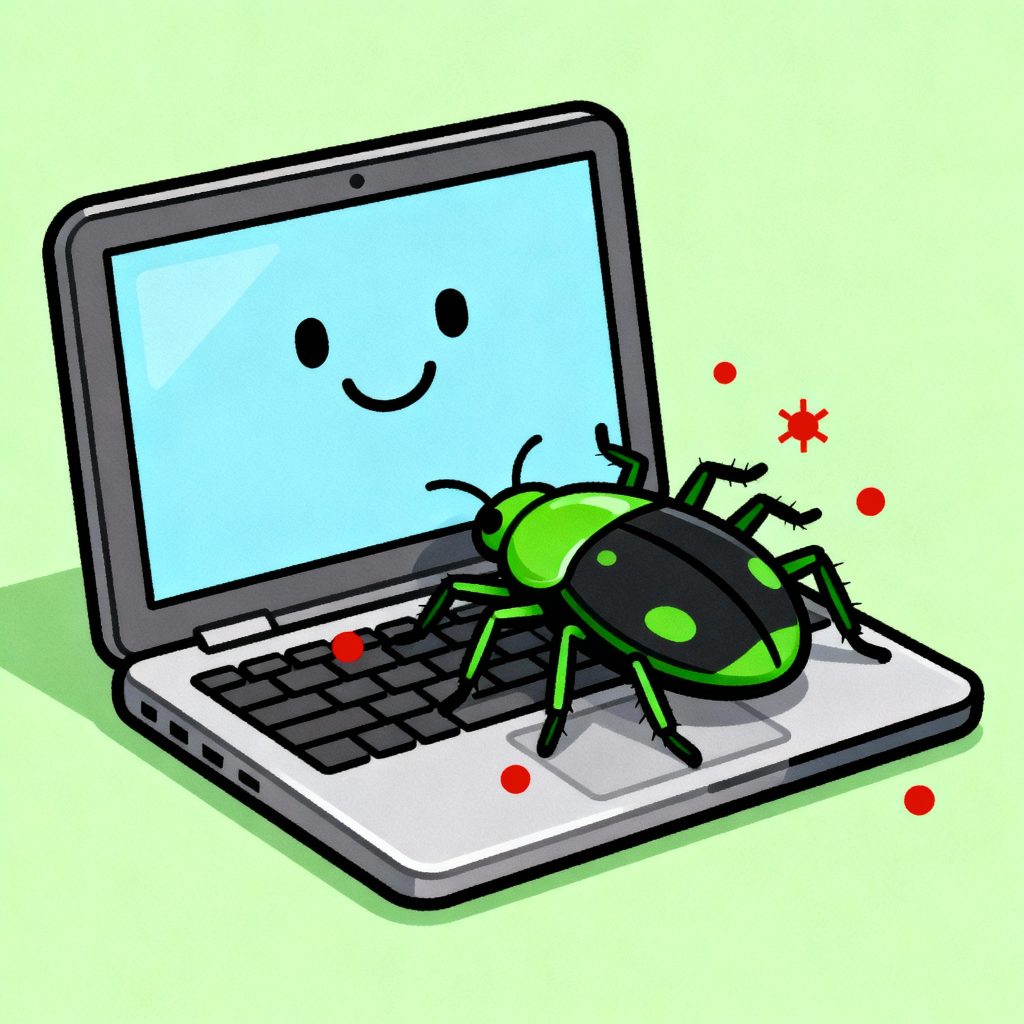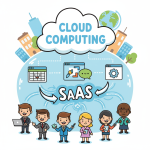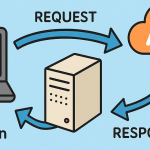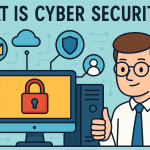Have you ever wondered what makes malware so dangerous — or how a tiny file could cripple an entire organization?
In the world of cybersecurity, understanding what is malware is essential. Malware — short for malicious software — is any program intentionally designed to damage, disrupt, or exploit a computer system, network, or user.
Whether you’re an IT manager safeguarding critical systems or a CEO concerned about your company’s digital resilience, knowing how malware operates can mean the difference between a secure network and a devastating breach.
1. What Exactly Is Malware?
At its core, malware refers to any software developed with malicious intent. Unlike legitimate programs, malware is built to cause harm — stealing data, spying on users, or hijacking system functions.
Common Goals of Malware
-
Data theft: Stealing personal or corporate information.
-
Disruption: Crashing systems or interrupting services.
-
Financial gain: Demanding ransom payments or mining cryptocurrency.
-
Espionage: Monitoring users or organizations for sensitive data.
Malware can disguise itself as trusted software, hide in email attachments, or spread through infected websites. Once inside a network, it can replicate, encrypt files, or even give hackers full control over systems.
2. Why Malware Matters to Every Business
Cyberattacks no longer target just big corporations — they impact organizations of all sizes. A single malware infection can lead to:
-
Operational downtime that halts productivity.
-
Loss of customer trust if private data is compromised.
-
Financial damage from ransom payments or recovery costs.
-
Legal consequences due to data protection violations.
According to a recent IBM report, the average cost of a data breach exceeds $4 million, and malware is one of the top causes.
In short: malware isn’t just an IT problem — it’s a business risk.
3. Types of Malware You Should Know
Not all malware works the same way. Here are the most common types every security-conscious professional should recognize.
A. Viruses
Just like biological viruses, these programs attach themselves to legitimate files and spread when those files are opened. They can corrupt or delete data and slow down systems.
B. Worms
Unlike viruses, worms don’t need human action to spread. They replicate automatically, often exploiting vulnerabilities in operating systems or networks.
C. Trojans
Named after the Trojan Horse myth, these appear harmless — a free app, a document, or a system update — but once installed, they open backdoors for hackers.
D. Ransomware
One of the most destructive forms of malware, ransomware encrypts your files and demands payment (often in cryptocurrency) to restore access. Businesses and hospitals have been forced offline for days due to ransomware attacks.
E. Spyware
Spyware secretly monitors activity — capturing keystrokes, passwords, and browsing habits — then sends this data to attackers.
F. Adware
While less dangerous, adware floods users with unwanted ads and can track browsing behavior.
G. Rootkits
Rootkits hide deep within the operating system, allowing cybercriminals to control a device without detection.
H. Fileless Malware
This stealthy type of malware runs in memory instead of being saved as a file, making it much harder for traditional antivirus tools to detect.
4. How Malware Spreads
Understanding how malware spreads helps you close the door before it enters. Here are the main infection paths:
-
Phishing Emails – Cybercriminals send legitimate-looking emails with malicious links or attachments.
-
Infected Websites – Visiting or downloading from a compromised site can trigger hidden malware downloads.
-
Removable Media (USBs, drives) – Malware can transfer via physical devices plugged into your computer.
-
Unpatched Software – Outdated systems often have vulnerabilities that hackers exploit.
-
Public Wi-Fi Networks – Hackers can inject malware into unsecured connections.
Tip: The human factor is often the weakest link. Regular security awareness training can reduce infection risks by up to 70%.
5. How to Detect and Remove Malware
Early detection is crucial. Here’s what to look for and how to respond:
Common Signs of Infection
-
Slower computer performance
-
Unusual pop-ups or toolbars
-
Programs crashing unexpectedly
-
Unrecognized files or processes
-
Disabled antivirus or firewall
Steps to Take
-
Isolate the device – Disconnect it from the network to stop malware from spreading.
-
Run a full system scan – Use reputable anti-malware software.
-
Delete or quarantine infected files.
-
Restore clean backups.
-
Update your operating system and applications.
For larger organizations, it’s wise to have an Incident Response Plan (IRP) ready — with clear roles and escalation procedures for malware outbreaks.
6. How to Protect Your Organization from Malware
Building resilience requires layered defense. Follow these proven best practices:
A. Keep Systems Updated
Regular patching is your first line of defense. Apply updates to operating systems, browsers, and applications as soon as they’re available.
B. Use Next-Generation Antivirus (NGAV)
Traditional antivirus tools detect known threats, but modern malware demands AI-powered detection that spots unusual behavior patterns.
C. Enforce Strong Authentication
Enable multi-factor authentication (MFA) for all critical accounts to block unauthorized access.
D. Train Your Team
Educate employees about phishing, safe browsing, and password hygiene. A well-informed team is your best security asset.
E. Backup Data Securely
Maintain regular offline or cloud backups. If ransomware hits, backups let you restore systems without paying a ransom.
F. Limit User Privileges
Follow the principle of least privilege — only give employees access to what they need.
G. Network Segmentation
Separate sensitive systems from general networks. That way, even if malware infiltrates one area, it can’t spread across the entire environment.
7. The Evolving Face of Malware
Cyber threats are becoming smarter. Attackers now use AI-driven malware, polymorphic code that changes its signature to evade detection, and supply chain attacks that target trusted vendors.
As IT ecosystems expand across cloud and hybrid environments, malware adapts too — infiltrating APIs, IoT devices, and even industrial control systems.
To keep up, organizations must invest not just in technology, but in continuous monitoring, threat intelligence, and adaptive security frameworks.
8. Real-World Examples of Major Malware Attacks
-
WannaCry (2017): Ransomware that affected over 200,000 computers in 150 countries.
-
NotPetya (2017): Posed as ransomware but was actually designed to destroy data.
-
Emotet: A banking trojan turned malware-as-a-service, infecting corporate networks worldwide.
Each of these attacks began with simple phishing emails — proof that small mistakes can cause global chaos.
9. FAQs on Malware
Q1: Can malware infect mobile devices?
Yes. Smartphones and tablets can be infected through malicious apps, downloads, or insecure Wi-Fi networks.
Q2: Is paying a ransomware demand a good idea?
No. It doesn’t guarantee recovery and encourages further attacks. Always maintain offline backups instead.
Q3: How often should I scan my systems?
Perform weekly scans, and enable real-time protection for immediate detection.
Q4: Is malware always detectable?
Not always. Some malware, like rootkits or fileless malware, hides deep in your system. Continuous monitoring and behavioral analysis tools help spot them.
Q5: What’s the difference between malware and a virus?
A virus is one type of malware. Malware is the broader category that includes viruses, worms, ransomware, and more.
10. Final Thoughts: Stay Ahead of the Threat
In today’s interconnected world, malware is an unavoidable reality — but not an unstoppable one.
Understanding what is malware, recognizing the signs, and implementing layered protection measures empowers your business to stay secure.
Cybersecurity isn’t a one-time project; it’s an ongoing commitment. Train your teams, update your systems, and stay alert — because in the digital battlefield, awareness is your strongest defense.











